
jtaube.github.io
Contact structure and population immunity shape the selective advantage of emerging variants www.medrxiv.org/content/10.1...

Contact structure and population immunity shape the selective advantage of emerging variants www.medrxiv.org/content/10.1...




Check it out: journals.plos.org/ploscompbiol...
#ScientificWriting #PLOSComputationalBiology

Check it out: journals.plos.org/ploscompbiol...
#ScientificWriting #PLOSComputationalBiology
georgetown.zoom.us/meeting/regi...
georgetown.zoom.us/meeting/regi...
Learn how to write your own *wow* paper with @midas-network.bsky.social trainees on Thurs 9/25 @ noon ET.
We'll hear from @jdrakephd.bsky.social on strategies for crafting & communicating a good story.
🔗 georgetown.zoom.us/meeting/regi...

Learn how to write your own *wow* paper with @midas-network.bsky.social trainees on Thurs 9/25 @ noon ET.
We'll hear from @jdrakephd.bsky.social on strategies for crafting & communicating a good story.
🔗 georgetown.zoom.us/meeting/regi...
doi.org/10.1016/j.la...
Thanks to my brilliant coauthors @zsusswein.bsky.social, @vcolizza.bsky.social, & @bansallab.bsky.social for their help with this project.
Read on for an overview of our findings... 🧵
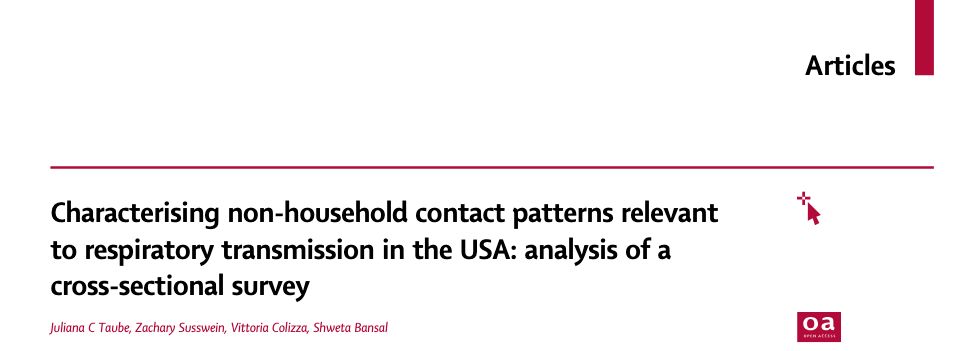
doi.org/10.1016/j.la...
Thanks to my brilliant coauthors @zsusswein.bsky.social, @vcolizza.bsky.social, & @bansallab.bsky.social for their help with this project.
Read on for an overview of our findings... 🧵
doi.org/10.1016/j.la...
Thanks to my brilliant coauthors @zsusswein.bsky.social, @vcolizza.bsky.social, & @bansallab.bsky.social for their help with this project.
Read on for an overview of our findings... 🧵

doi.org/10.1016/j.la...
Thanks to my brilliant coauthors @zsusswein.bsky.social, @vcolizza.bsky.social, & @bansallab.bsky.social for their help with this project.
Read on for an overview of our findings... 🧵
Learn how to write your own *wow* paper with @midas-network.bsky.social trainees on Thurs 9/25 @ noon ET.
We'll hear from @jdrakephd.bsky.social on strategies for crafting & communicating a good story.
🔗 georgetown.zoom.us/meeting/regi...

Learn how to write your own *wow* paper with @midas-network.bsky.social trainees on Thurs 9/25 @ noon ET.
We'll hear from @jdrakephd.bsky.social on strategies for crafting & communicating a good story.
🔗 georgetown.zoom.us/meeting/regi...
Register: georgetown.zoom.us/meeting/regi...

Register: georgetown.zoom.us/meeting/regi...
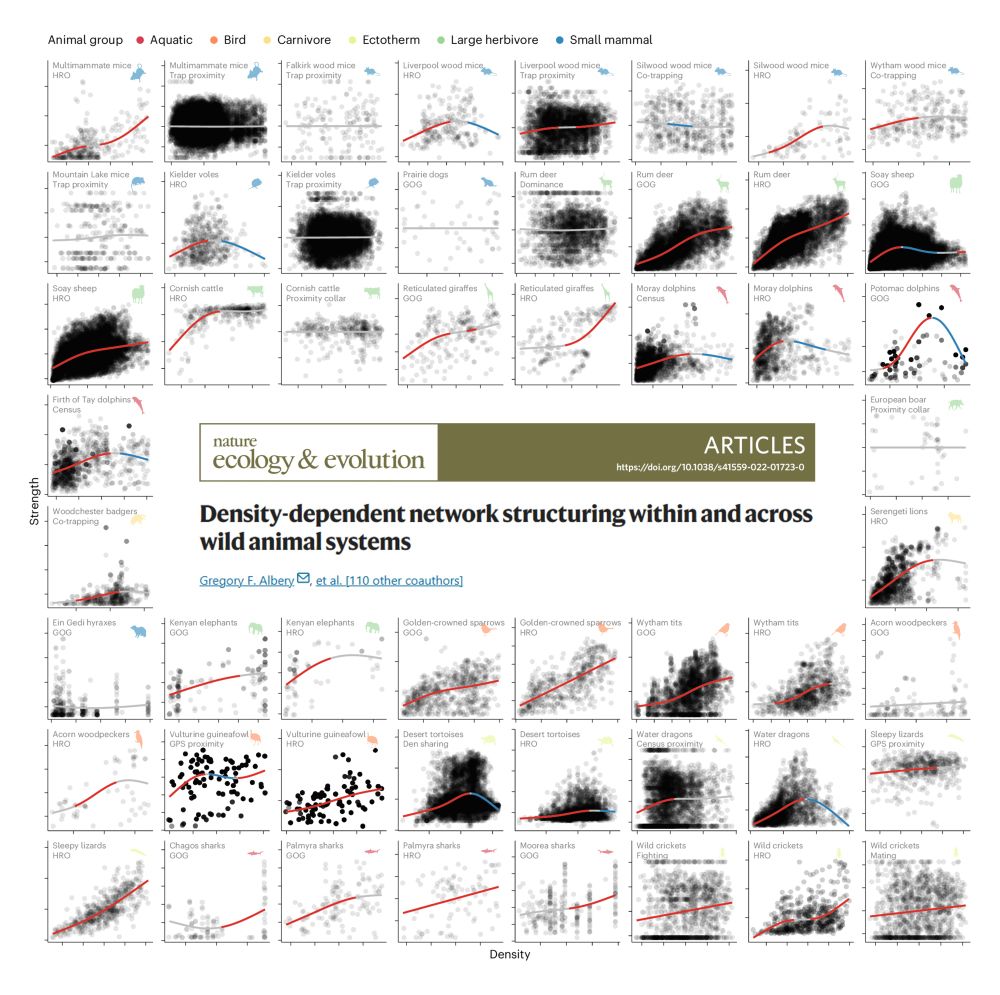
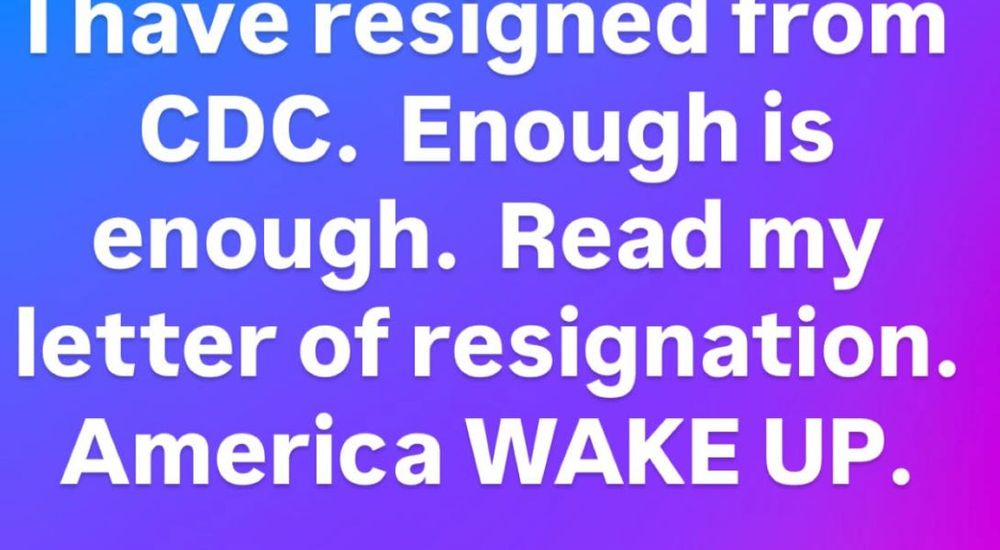
Register: tinyurl.com/MIDASFigures
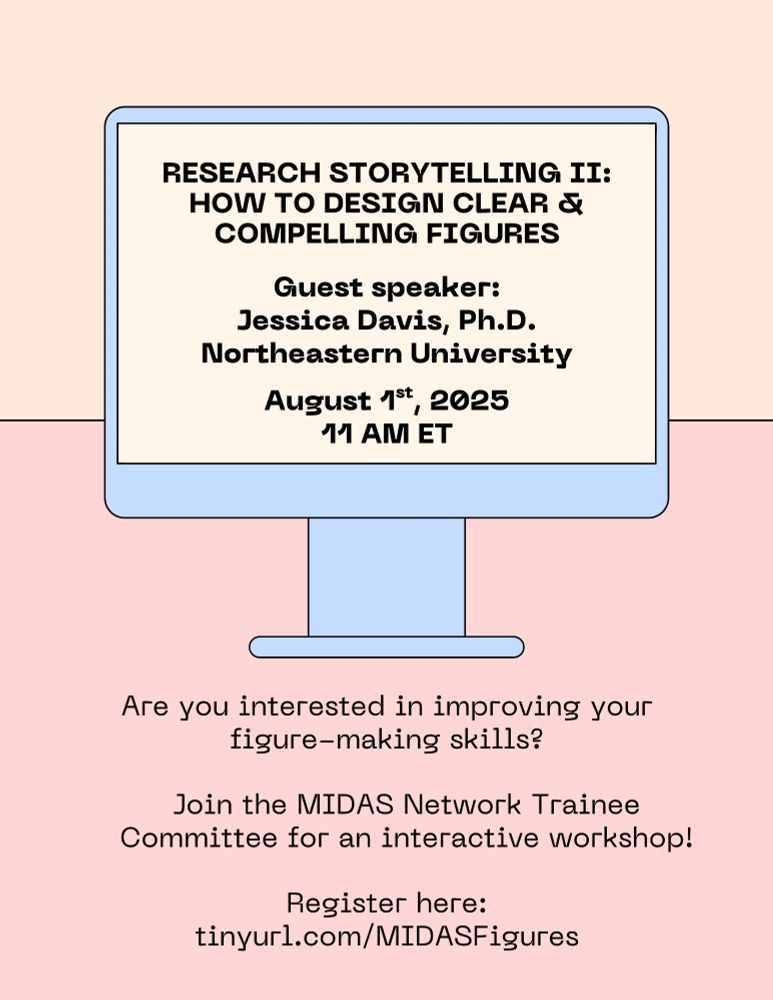
Register: tinyurl.com/MIDASFigures
Join @midas-network.bsky.social trainees & speaker @jessica-davis.bsky.social at 11AM ET on Aug 1 to practice designing visuals that effectively tell your story.
Bring a figure draft to revise!
Register: tinyurl.com/MIDASFigures
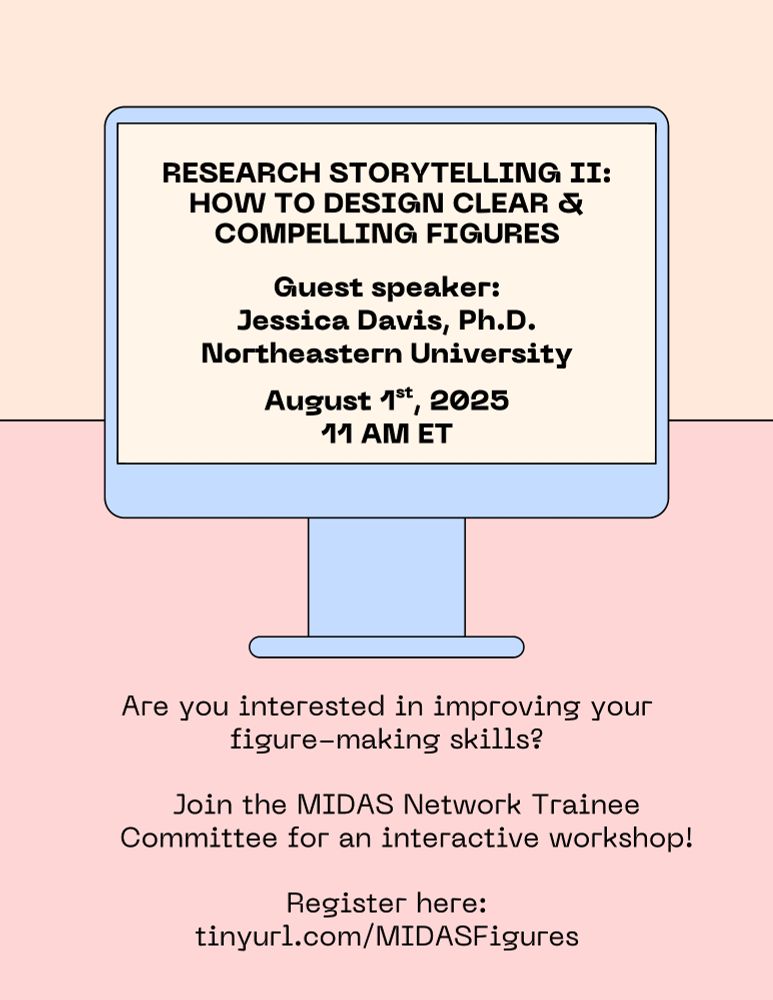
Join @midas-network.bsky.social trainees & speaker @jessica-davis.bsky.social at 11AM ET on Aug 1 to practice designing visuals that effectively tell your story.
Bring a figure draft to revise!
Register: tinyurl.com/MIDASFigures
The vast majority of the public does not want this and yet again it’s clear that the Republican administration does not serve the electorate.



The science and research budget cuts happening now are wanton, senseless arson. Recovery, if it ever happens, will take generations.
The science and research budget cuts happening now are wanton, senseless arson. Recovery, if it ever happens, will take generations.
We'll hear from @anaisabelbento.bsky.social on how to tailor talks for different audiences & then apply what we've learned.

We'll hear from @anaisabelbento.bsky.social on how to tailor talks for different audiences & then apply what we've learned.

We'll hear from @anaisabelbento.bsky.social on how to tailor talks for different audiences & then apply what we've learned.
👉 "This is about how decisions are made—and who gets to make them. FDA political appointees are sidelining expert panels, bypassing transparency, & turning public health into a performance."
open.substack.com/pub/yourloca...
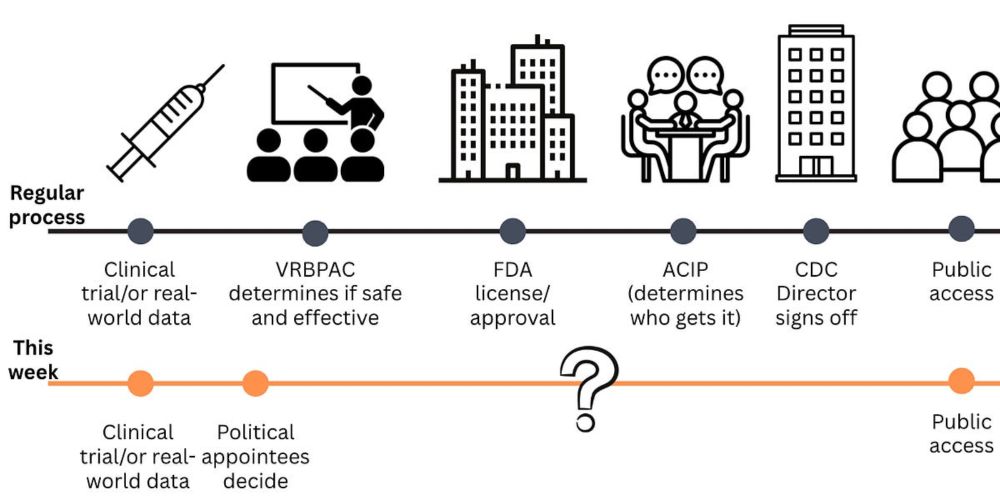
👉 "This is about how decisions are made—and who gets to make them. FDA political appointees are sidelining expert panels, bypassing transparency, & turning public health into a performance."
open.substack.com/pub/yourloca...
We received a heads up from a trusted source that you should proactively download/print/screen shot any documentation on research.gov pertaining to your NSF awards, both those that are current and any that have closed in the last 5-6 years.
1/n
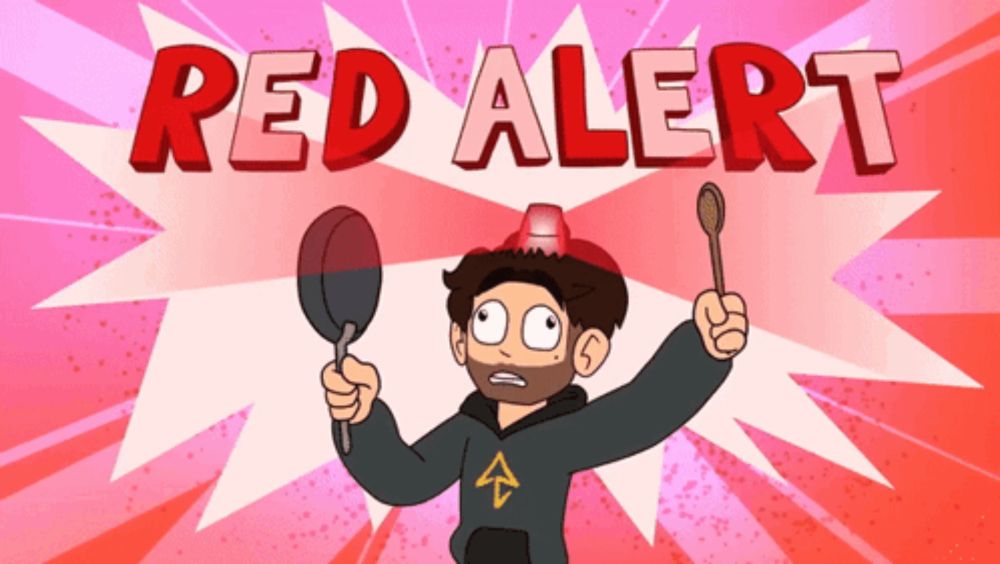
We received a heads up from a trusted source that you should proactively download/print/screen shot any documentation on research.gov pertaining to your NSF awards, both those that are current and any that have closed in the last 5-6 years.
1/n

